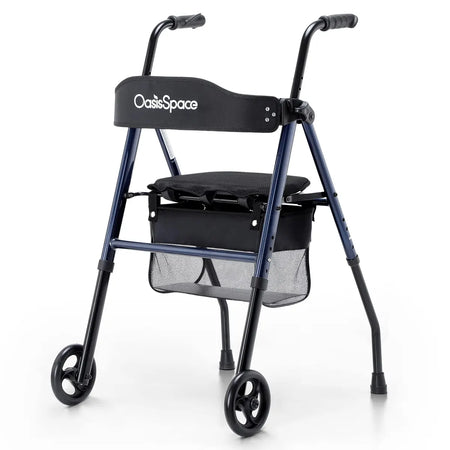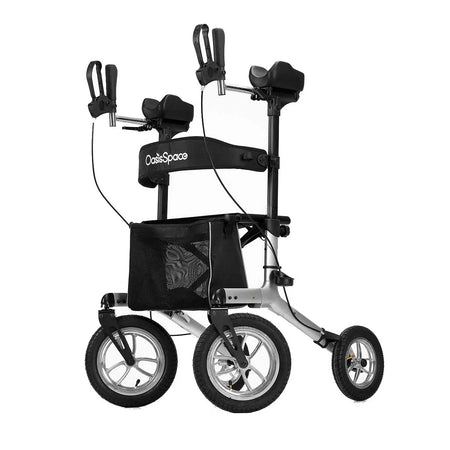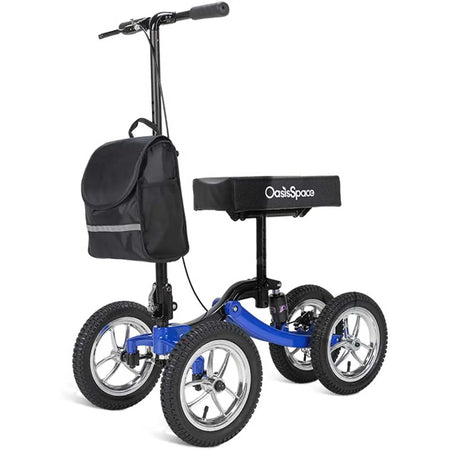
A Clear Guide to Walker Types
For many people with mobility issues, a walker provides much-needed support and stability when walking.
With different designs and features, walkers allow users to get around safely and confidently.
This guide covers the main types of walkers, their benefits, and how to choose the right one.
| Walker Type | Key Features | Advantages | Potential Drawbacks |
|---|---|---|---|
| Standard Walkers | Four-legged, no wheels | Maximum support and stability | Needs to be lifted for movement |
| 2-Wheel Walkers | Two front wheels, two rear legs | Balance of mobility and stability | Slightly less stability than standard |
| 3-Wheel Walkers | Triangular design with one front wheel | Maneuverability and compactness | Slightly less stable due to three-point contact |
| 4-Wheel Walkers (Rollators & Upright) | Padded seat, backrest, storage, four wheels | Comfort, utility, versatility | Bulkier design |
| Hemi Walkers | Designed for one-handed use | Targeted support for one side | Limited to specific conditions |
| Knee Walkers | Cushioned platform for injured leg, handlebars for steering | Comfort and mobility for foot/ankle injuries | Mainly for temporary use |
1. Standard Walkers

Standard Walkers are the most basic form of walkers, typically characterized by a simple frame with four legs. They rely on the user's strength to lift and move them forward.
Key features:
- Design: Typically four-legged, with no wheels.
- Stability: Rubber-tipped legs prevent slipping, offering a stable base of support.
- Weight: Light enough to be lifted easily.
Pros:
- Stability: Offers maximum support and balance, ideal for those with significant mobility challenges.
- Simplicity: With no wheels or added features, its straightforward design is easy for first-time users.
Cons:
- Movement: Must be lifted with each step, potentially tiring for users and not ideal for longer distances.
- Limited Mobility: Without wheels, maneuvering can be more difficult, especially around corners or through tighter spaces.
2. 2-Wheel Walkers

2-Wheel Walkers offer a balance between mobility and stability. They feature two wheels in the front, allowing for smoother movement, while the rear legs offer support and balance.
Key features:
- Design: Two wheels in the front, with two rubber-tipped legs in the rear.
- Movement: Allows for a "push-pull" method of walking without lifting the entire frame.
Pros:
- Improved Mobility: Easier to maneuver than standard walkers, making it suitable for those who can walk more distances but still need support.
- Balance: Provides a combination of stability (from the rubber-tipped legs) and mobility (from the front wheels).
Cons:
- Less Stability: While more mobile than standard walkers, 2-wheel walkers offer slightly less stability, especially on uneven terrain.
- Not Ideal for Everyone: Those with severe balance issues might find it challenging to use.
3. 3-Wheel Walkers

Disinctive for its triangular design, 3-Wheel Walkers are compact and highly maneuverable. They are particularly beneficial for navigating tight spaces and offer a unique blend of mobility and stability.
Key features:
- Design: Triangular shape with a single front wheel and two rear legs.
- Portability: Typically lightweight and foldable, making it easy to transport and store.
Pros:
- Maneuverability: Its unique design allows for easy navigation, especially in tight spaces.
- Compact: Due to its foldable design, it's a great choice for those who travel or are constantly on the move.
Cons:
- Less Stability: Given its three-point contact, it may offer slightly less stability than 4-wheel walkers.
- Weight Limit: Typically, 3-wheel walkers have a limited weight capacity, making it essential to check before purchasing.
4. 4-Wheel Walkers

4-Wheel Walkers, often known as rollators, come with a plethora of features that provide both comfort and utility. There are two main categories within this type: Rollators and Upright Walkers.
Rollators: These are equipped with a padded seat, backrest, and often come with a storage pouch or basket. The presence of four wheels ensures smooth movement, but it also incorporates brakes for safety.
Upright Walkers: These are designed to allow the user to walk in a more upright position, reducing stress on the back and shoulders. They come with forearm supports to distribute weight more evenly.
Key features:
- Sturdy frame with broad wheelbase
- Height-adjustable handles for proper fit
- Easy-grip hand brakes for safety
- Padded seat for resting breaks
- Under seat storage pouch or basket
Pros:
- Versatility: Suitable for both indoor and outdoor use.
- Comfort: Features like seating and backrest provide comfort during rests.
- Utility: Storage options make it handy for shopping or carrying personal items.
Cons:
- Size: Given the additional features, they can be bulkier than other walker types.
- Learning Curve: With added features like brakes, it might take some time for first-time users to get accustomed.
5. Hemi Walkers

Designed specifically for individuals who have strength or control on only one side of their body, typically due to conditions like stroke or severe injury, Hemi Walkers provide essential support. They are often narrower than standard walkers, facilitating easier maneuverability.
Key features:
- Design: Built to be used with one hand, typically having a wider base for increased stability.
- Adaptability: Designed specifically for one-handed use, ideal for people with one-sided weakness.
Pros:
- Targeted Support: Perfect for individuals who need support on one side.
- Compact: Its design is narrower, making it easier to navigate through tighter spaces.
Cons:
- Limited Mobility: Since it's designed for specific conditions, it might not be suitable for people looking for more general support.
- Learning Curve: It might take time for users to adapt, especially if they are transitioning from standard walkers.
6. Knee Walkers

Also known as knee scooters, these walkers are a perfect alternative to crutches for individuals recovering from foot or ankle surgeries. They allow users to rest their injured leg on a padded platform while using the other leg to propel themselves forward.
Key features:
- Design: Features a cushioned platform for the injured leg and handlebars for steering.
- Wheels: Typically equipped with four wheels for easy movement.
- Braking System: Similar to rollators, most knee walkers have brakes for added safety.
Pros:
- Comfort: Provides relief from using crutches, reducing strain on the underarms and hands.
- Mobility: Allows users to maintain a level of independence, even with a foot or ankle injury.
- Stability: The four-wheel design ensures a stable movement.
Cons:
- Not for Long-Term Use: Mainly designed for temporary injuries.
- Terrain Limitations: While it's good on flat surfaces, rough or uneven terrains can pose challenges.
How to Choose?
Selecting the right walker is not just about understanding the different types but also considering your specific needs and daily activities. Here are some pointers to guide your choice:
- Assess Your Mobility Level: If you need maximum support and balance, standard walkers might be your go-to. However, if you're looking for something to assist in longer distances, wheeled walkers could be more suitable.
- Consider the Terrain: For flat, indoor surfaces, almost any walker type will suffice. But if you're often outdoors or on uneven terrains, choose a walker with wheels and a reliable braking system.
- Think about Storage and Portability: If you're someone who travels a lot or has limited storage space, consider foldable designs like 3-wheel walkers.
- Evaluate Additional Features: Would you benefit from a seat or storage pouch? If yes, rollators might be the best choice. If you're recovering from a specific injury, specialized walkers like knee walkers can be ideal.
- Consult a Healthcare Professional: Before making a purchase, it's always a good idea to consult with a physical therapist or healthcare professional. They can provide personalized recommendations based on your medical history and needs.
Conclusion
Choosing a walker is an important decision that directly impacts your mobility and quality of life.
Whether you're looking for basic support, specialized aid, or a combination of comfort and utility, there's a walker designed for you.
Always prioritize your safety, consult professionals, and remember to maintain proper posture while using any walker.
To further assist you in choosing the best walker, take this quick and informative Walker Selection Quiz. It's designed to pinpoint your needs and recommend the most appropriate walker for you.
Recommend Products
-
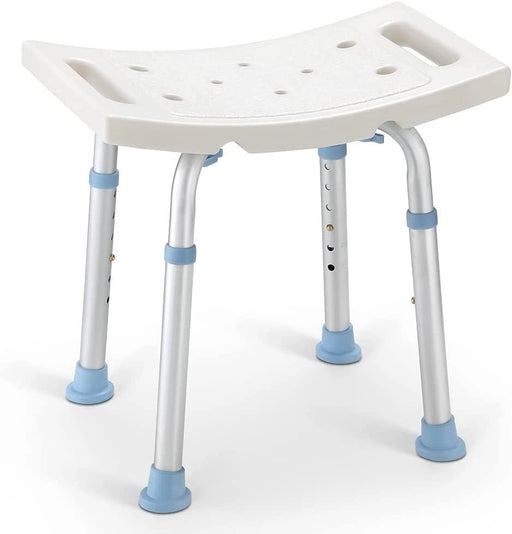 Sale
Sale
Standard - 300LBS Capacity Shower Stool
Original price $51.99From Original price $28.99Original price $51.99Current price $28.99From $28.99Current price $28.99OasisSpace Medical Square Shower Stool for Bathtub OasisSpace Square Shower Stool for Bathtub is approved as the highest standard(FDA) for medical...
View full detailsSaleOriginal price $51.99From Original price $28.99Original price $51.99Current price $28.99From $28.99Current price $28.99 -
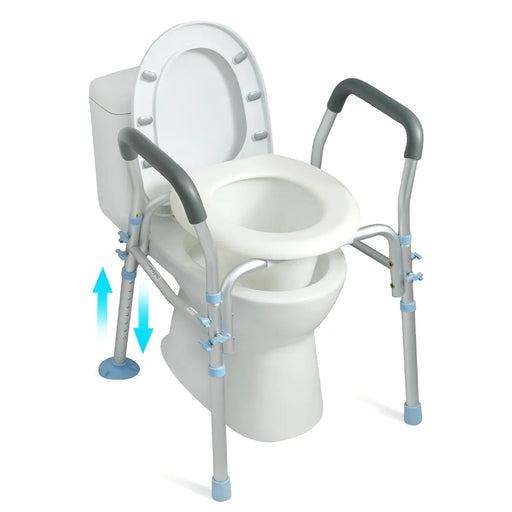 Sale
Sale
300LBS Capacity Raised Toilet Seat with Arms
Original price $120.99From Original price $69.99Original price $120.99Current price $69.99From $69.99Current price $69.99OasisSpace Raised Toilet Seat with Arms - Safe and Convenient OasisSpace Raised Toilet Seat with Arms provides stable support for users to sit dow...
View full detailsSaleOriginal price $120.99From Original price $69.99Original price $120.99Current price $69.99From $69.99Current price $69.99 -
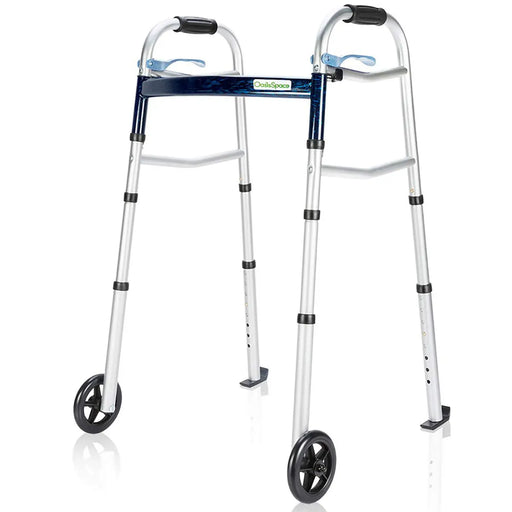
350LBS Capacity 2 Wheel Walker
From Original price $39.99Original price$39.99From $39.99Current price $39.99Product Advantages OasisSpace's 350LBS Capacity walker offers a fusion of lightweight design and sturdy support, crafted from high-grade anodized ...
View full detailsFrom Original price $39.99Original price$39.99From $39.99Current price $39.99 -
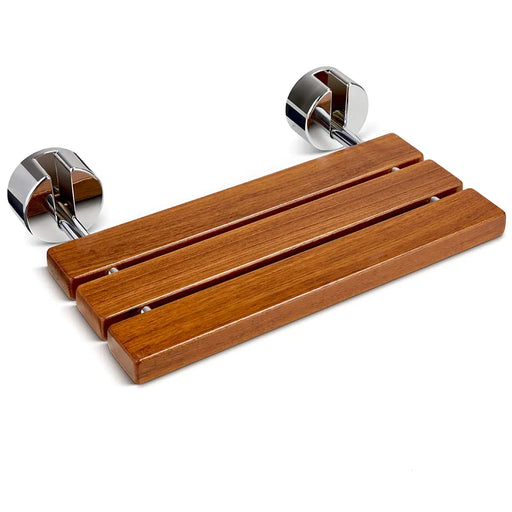
Wall Mounted - 400LBS Capacity Teak Folding Shower Seat
From Original price $131.99Original price$131.99From $131.99Current price $131.99Advantages OasisSpace Teak Wall-Mounted Shower Seat adopts a folding design, which can save space to the greatest extent and can be folded up at a...
View full detailsFrom Original price $131.99Original price$131.99From $131.99Current price $131.99 -
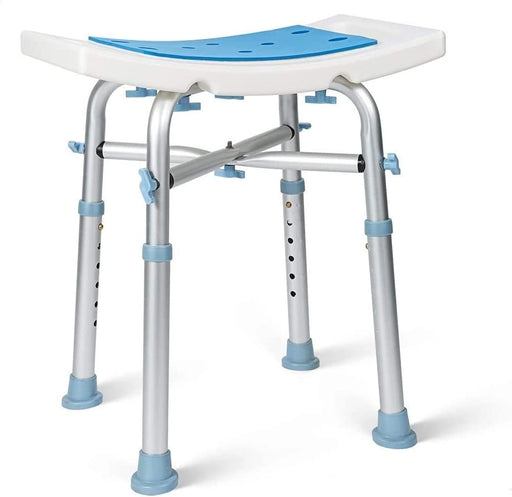 Sale
Sale
Padded & Bariatric - 500LBS Capacity Heavy Duty Shower Stool
Original price $57.99From Original price $36.99Original price $57.99Current price $36.99From $36.99Current price $36.99OasisSpace Medical Heavy Duty Bariatric Shower Stool OasisSpace Medical Heavy Duty Bariatric Shower Stool is approved by the FDA, which is the hig...
View full detailsSaleOriginal price $57.99From Original price $36.99Original price $57.99Current price $36.99From $36.99Current price $36.99 -
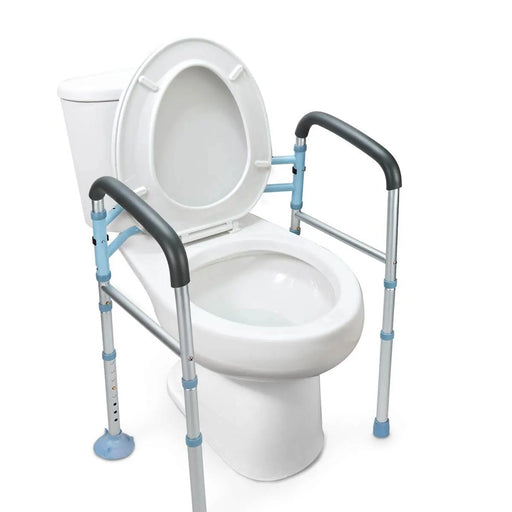 Sale
Sale
300LBS Capacity Stand Alone Toilet Safety Rail
Original price $69.99From Original price $44.99Original price $69.99Current price $44.99From $44.99Current price $44.99OasisSpace Toilet Safety Rails - Fit Any Toilet OaisSpace stand-alone toilet safety rails provide sturdy support for the elderly and people with ...
View full detailsSaleOriginal price $69.99From Original price $44.99Original price $69.99Current price $44.99From $44.99Current price $44.99


